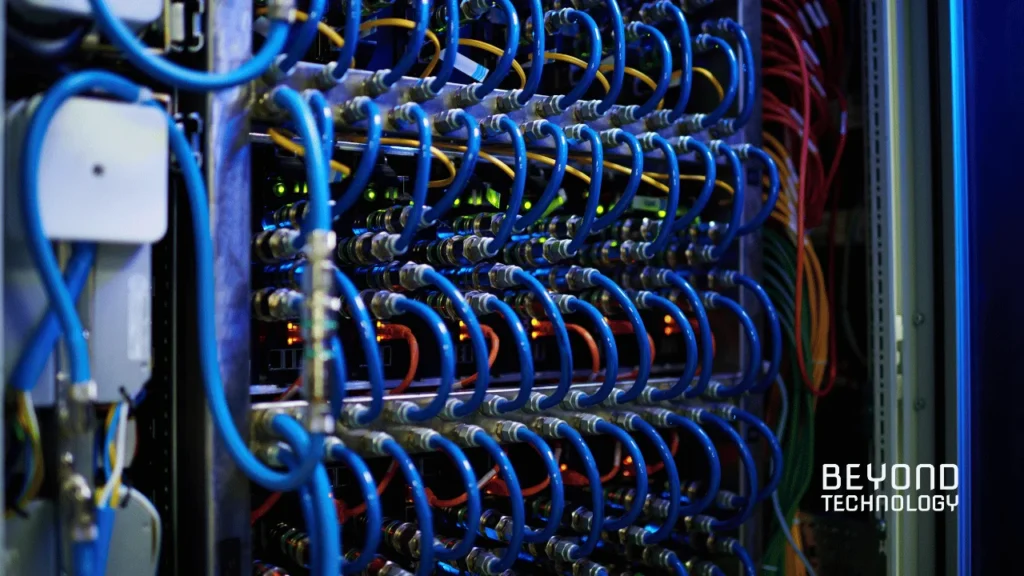In the world of business connectivity, traditional WAN networks and modern SD-WAN solutions represent distinct approaches to ensuring efficient communication between locations, users, and applications. While both technologies aim to connect multiple sites, their methods and the value they bring to companies differ significantly. This article explores these differences to help organizations identify the most suitable solution for their needs.

Challenges of traditional WAN networks in the digital era
Traditional WAN networks have long been the foundation of business connectivity. However, their architecture relies on centralized models that depend on dedicated links like MPLS, limiting flexibility and increasing operational costs. This dependence on rigid infrastructures can be a hurdle for growing companies looking to scale their operations quickly.
Additionally, traditional WAN is designed to manage traffic primarily directed to centralized data centers. In a modern environment where cloud application usage is predominant, these networks can result in high latency and inconsistent user experiences. The lack of visibility and control over traffic also complicates meeting adequate service levels.
Benefits of SD-WAN for growing businesses
SD-WAN represents a significant evolution by enabling a more decentralized and flexible approach to network management. This technology uses broadband Internet links alongside private connections to optimize traffic intelligently and in real-time. With its ability to prioritize critical applications and route traffic efficiently, businesses can ensure a better user experience while reducing costs.
Another key aspect is its ease of implementation and scalability. Growing businesses can add new locations or users more quickly without requiring substantial investments in infrastructure. Additionally, SD-WAN provides advanced monitoring and security tools that enhance control and reduce risks in environments with high connectivity demands.
Why choose SD-WAN for more efficient connectivity
Choosing SD-WAN is particularly beneficial for companies looking to modernize their network infrastructure without compromising their budget. The ability to integrate multiple types of links and manage traffic based on business priorities makes it a strategic option. Furthermore, its compatibility with cloud environments makes it ideal for organizations relying on services like SaaS or distributed storage.
By eliminating the limitations of traditional WAN, this technology offers a clear path to more agile and future-oriented connectivity. It is a solution that not only addresses current performance issues but also prepares businesses to tackle the challenges of an ever-changing market.
To learn how to implement an SD-WAN solution tailored to your organization’s needs, contact the experts at Beyond Technology and speak with a specialized advisor.
